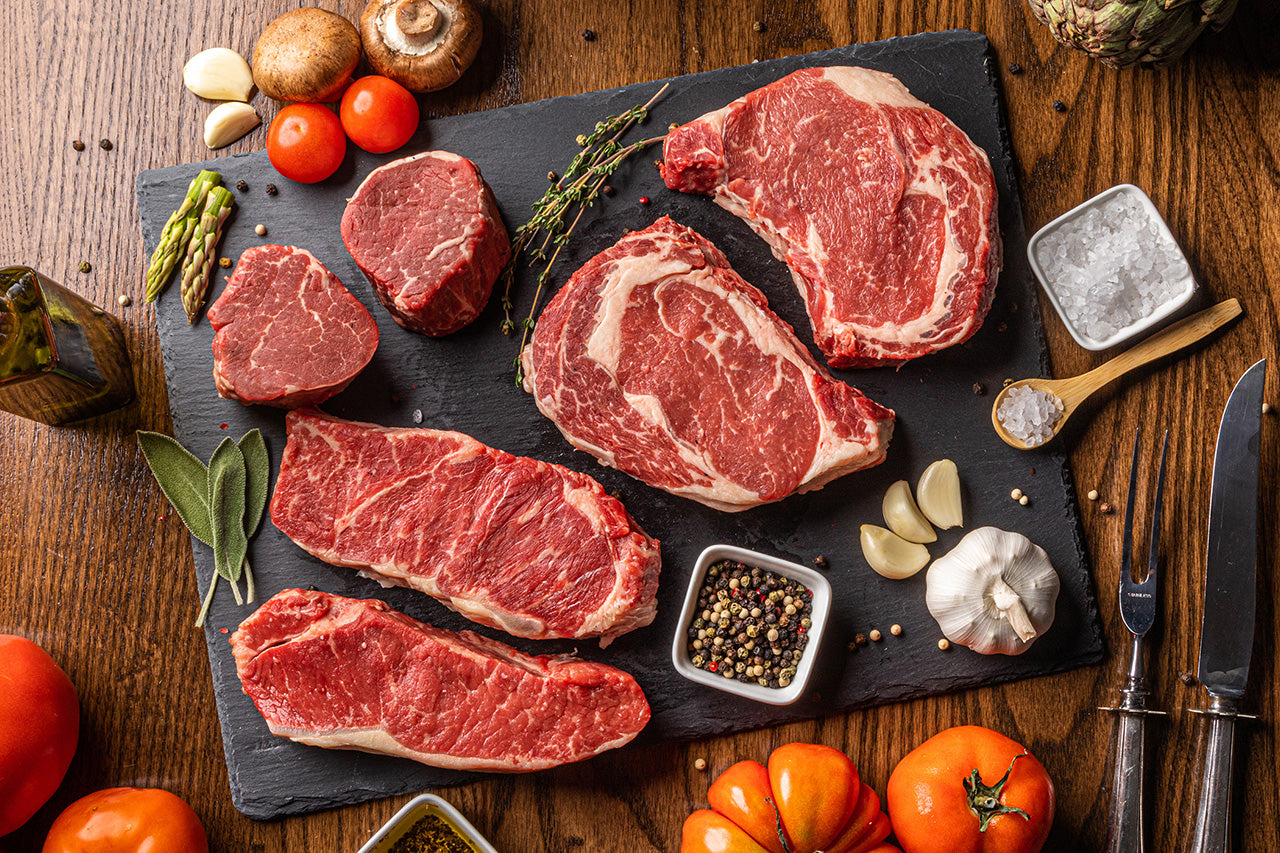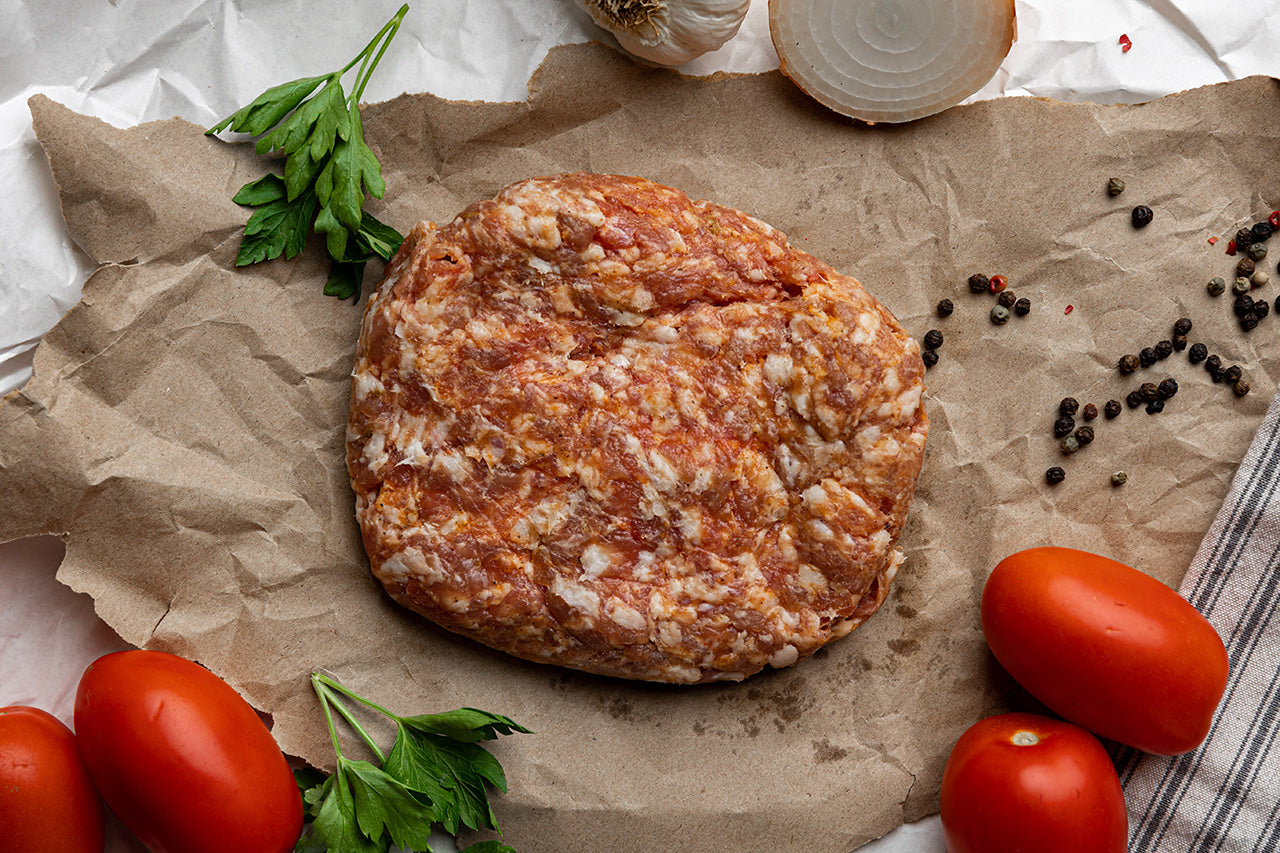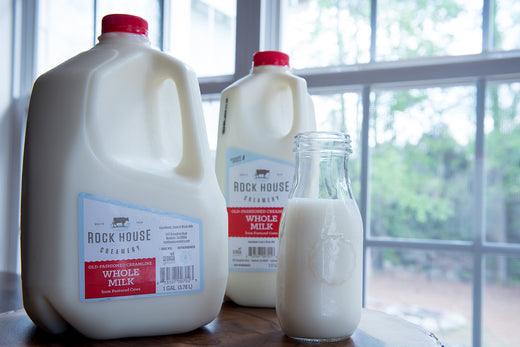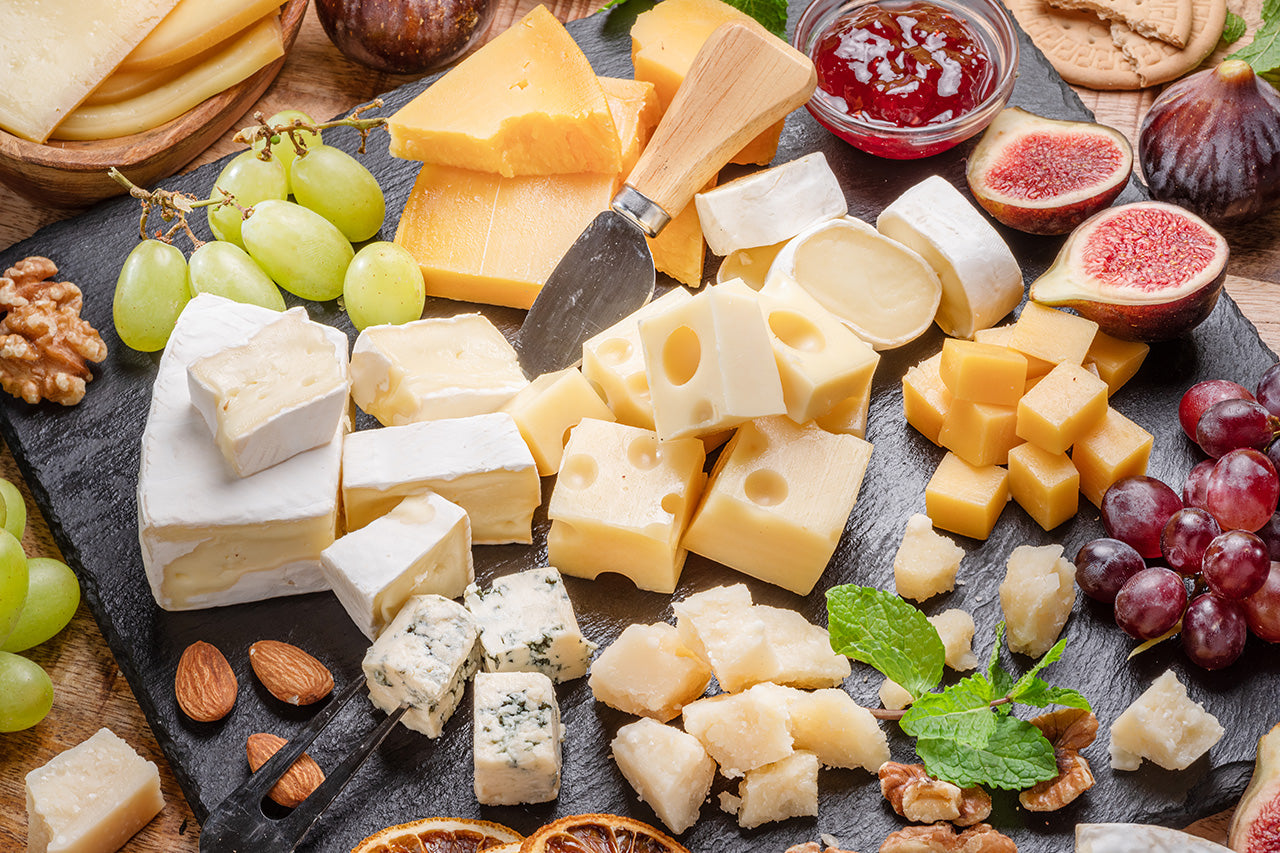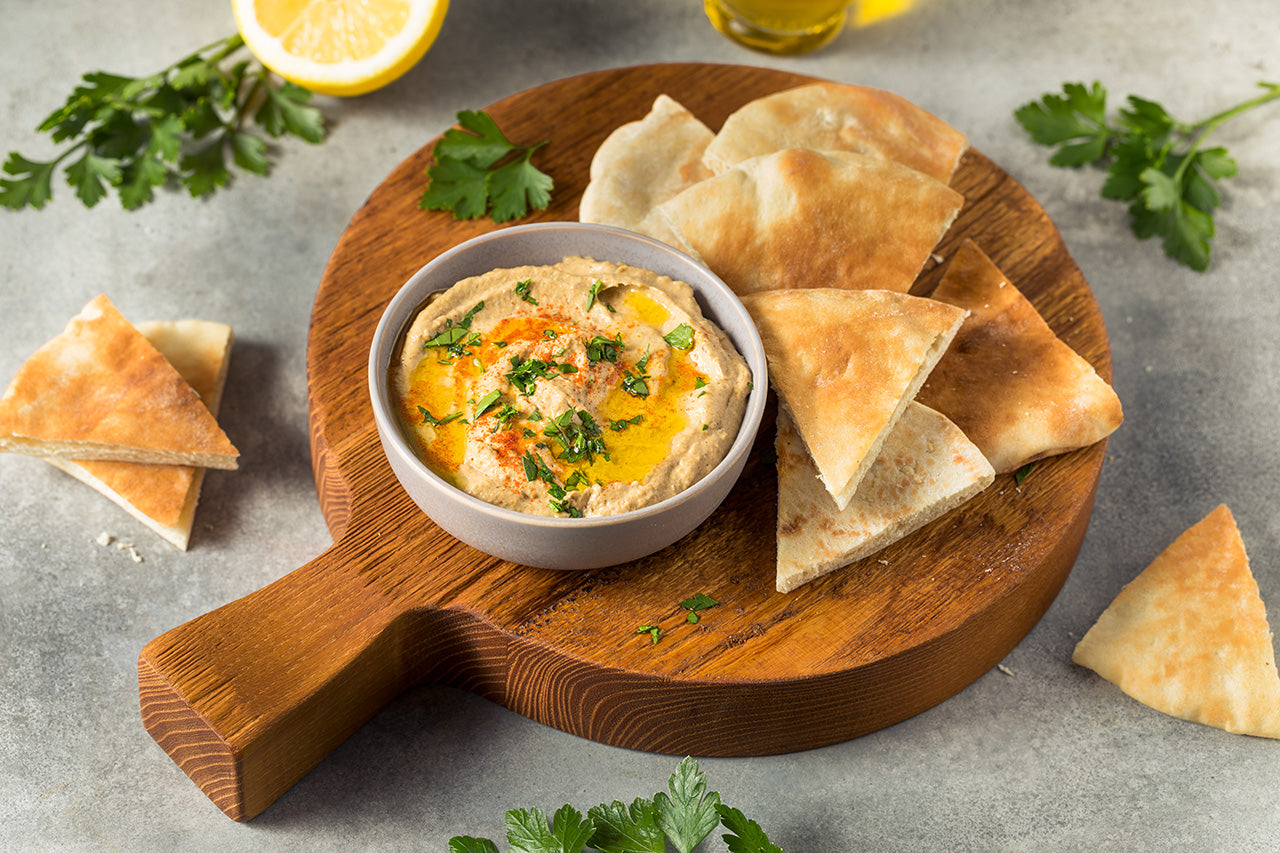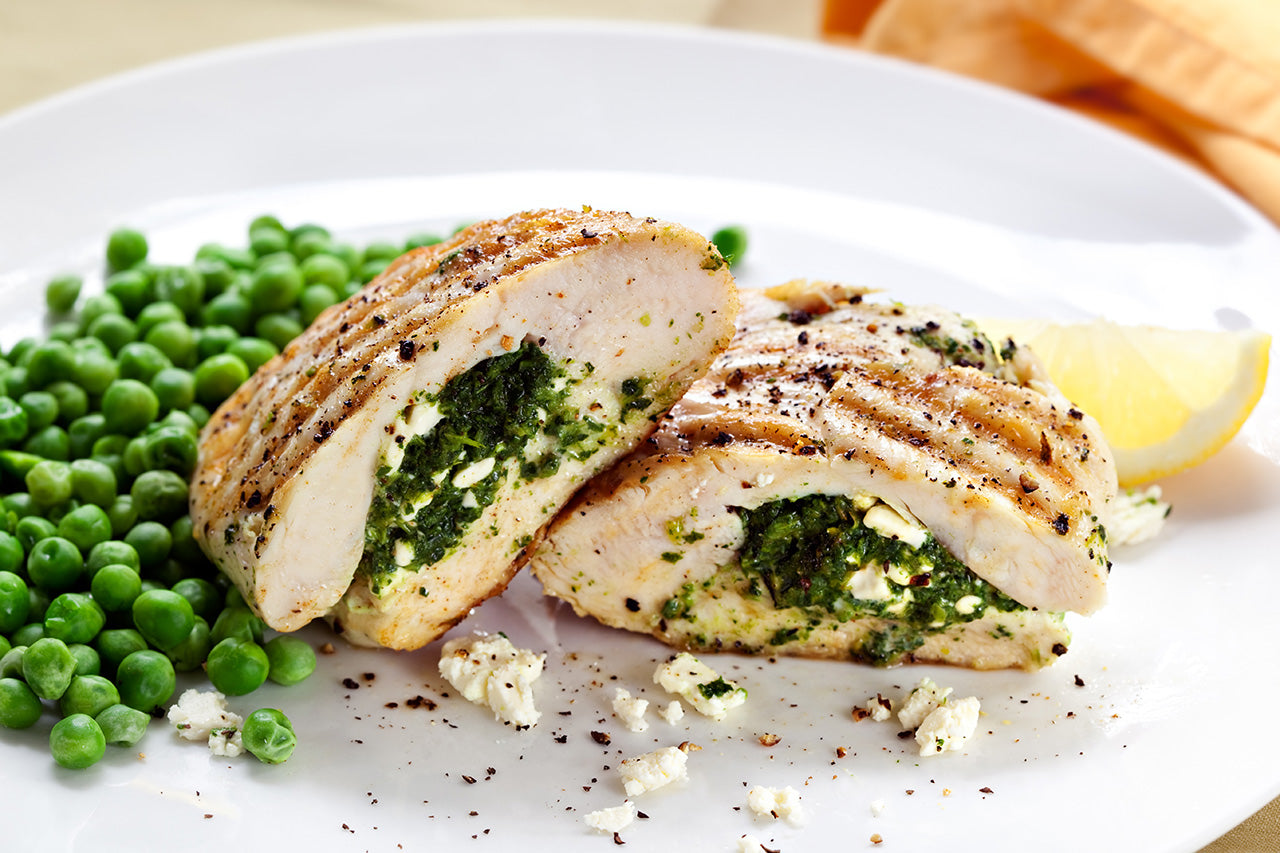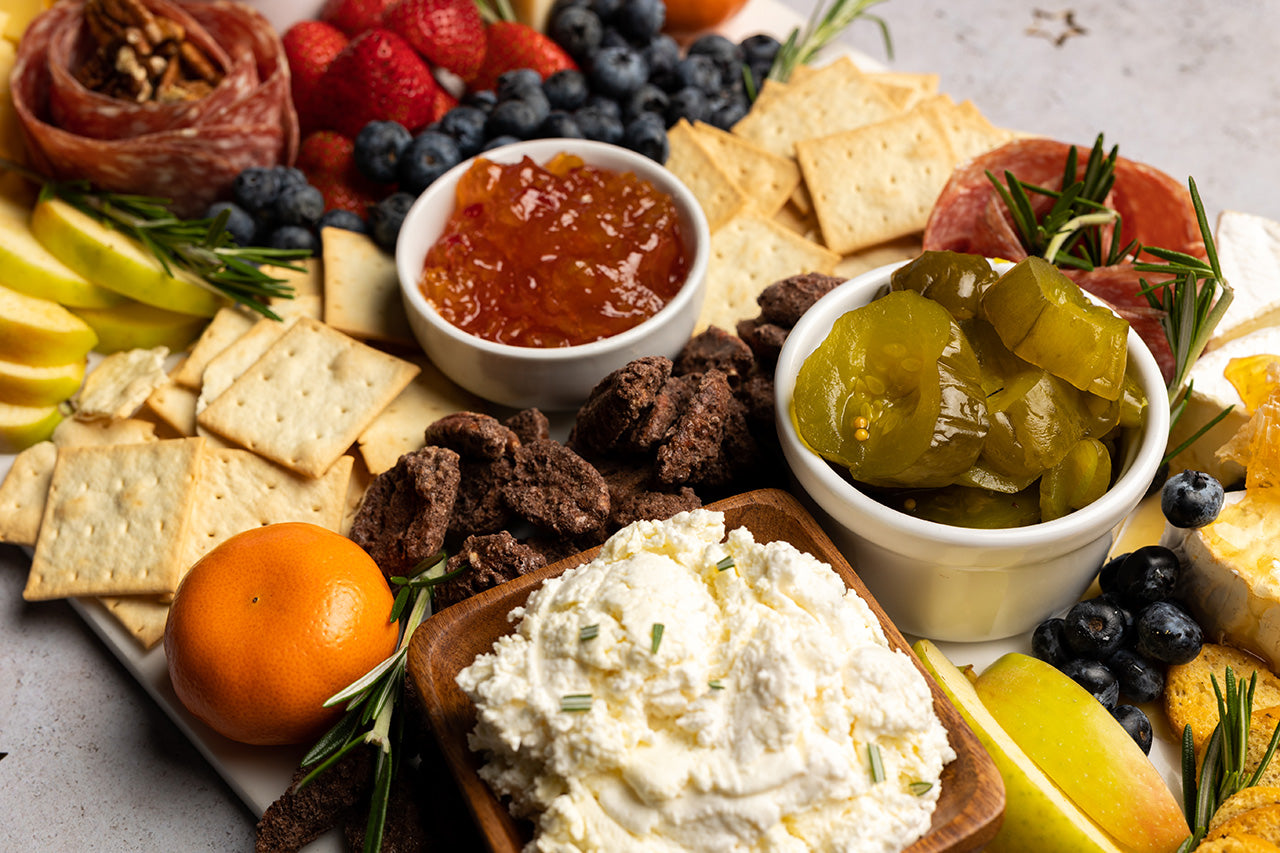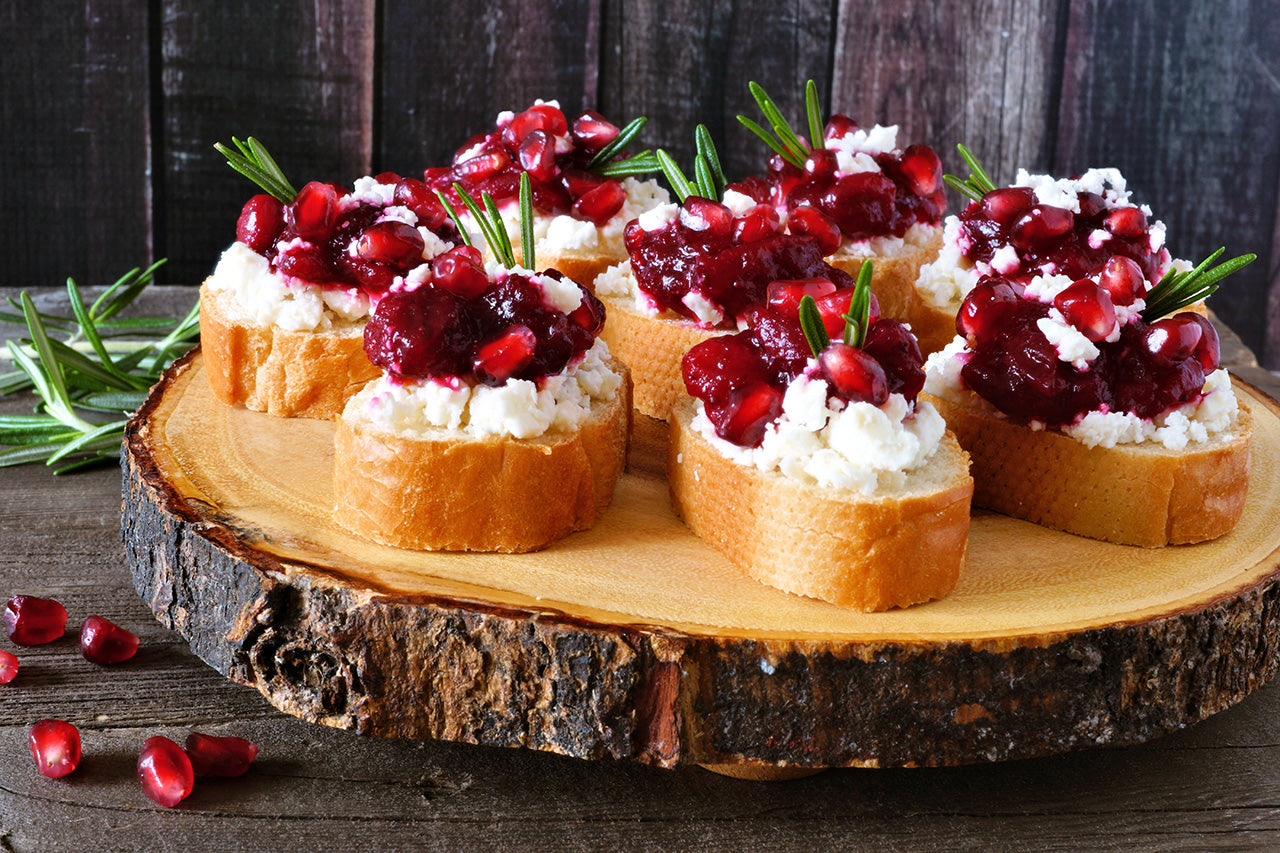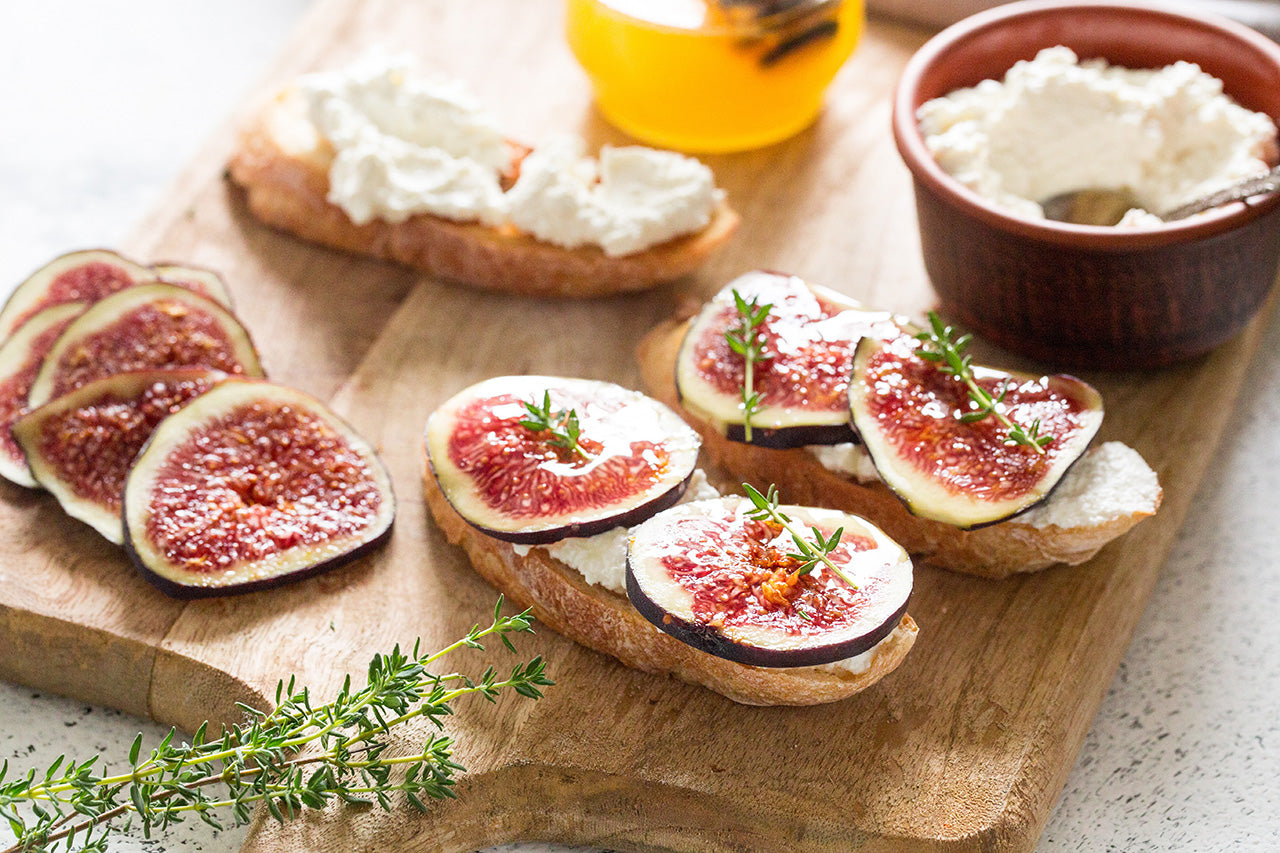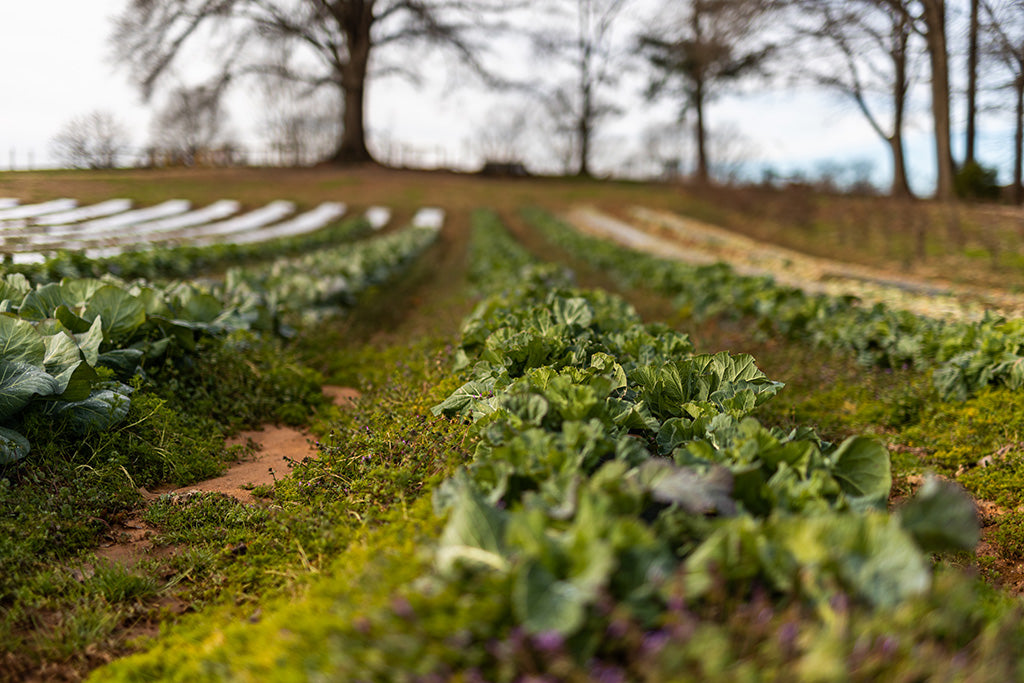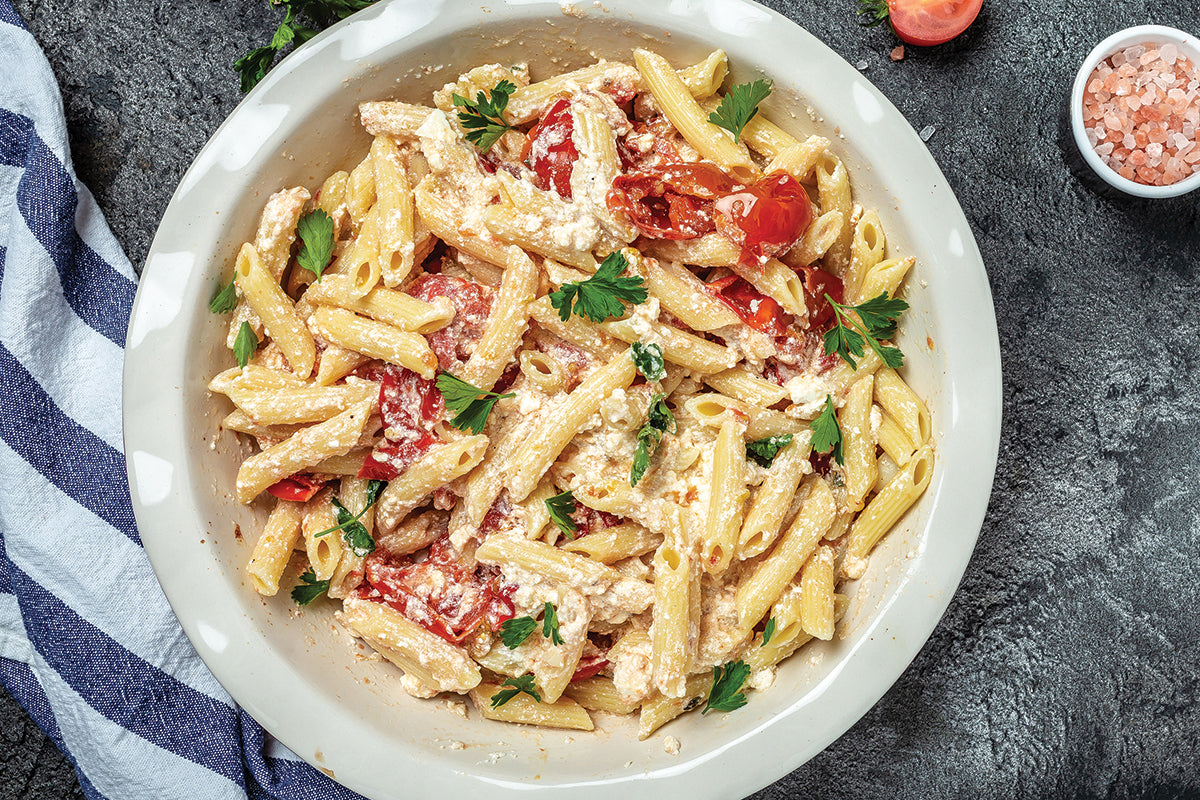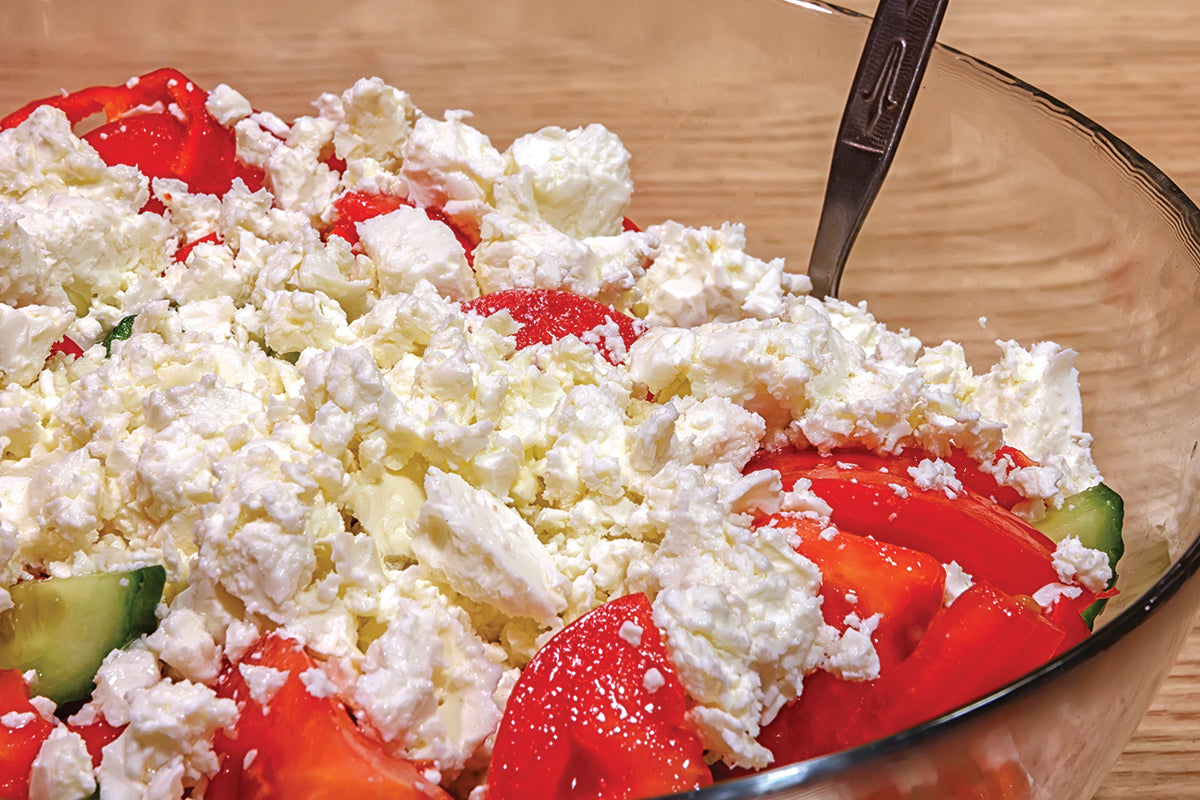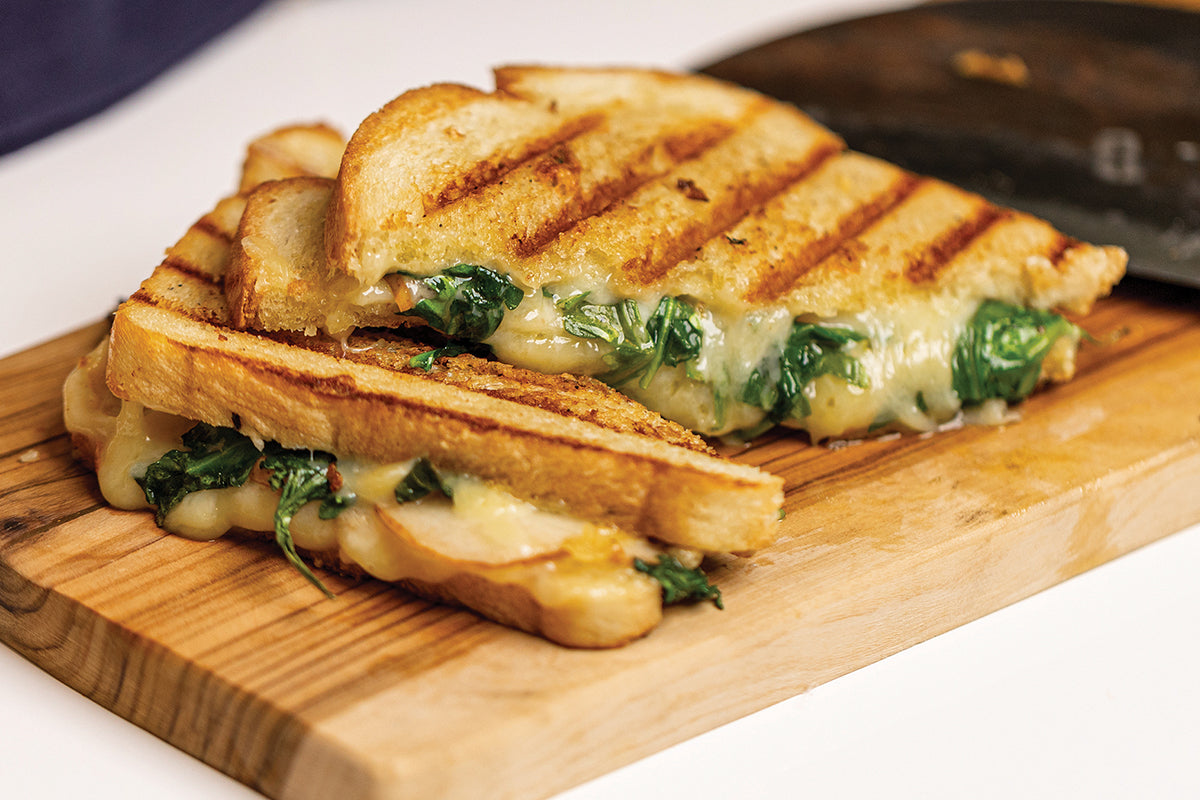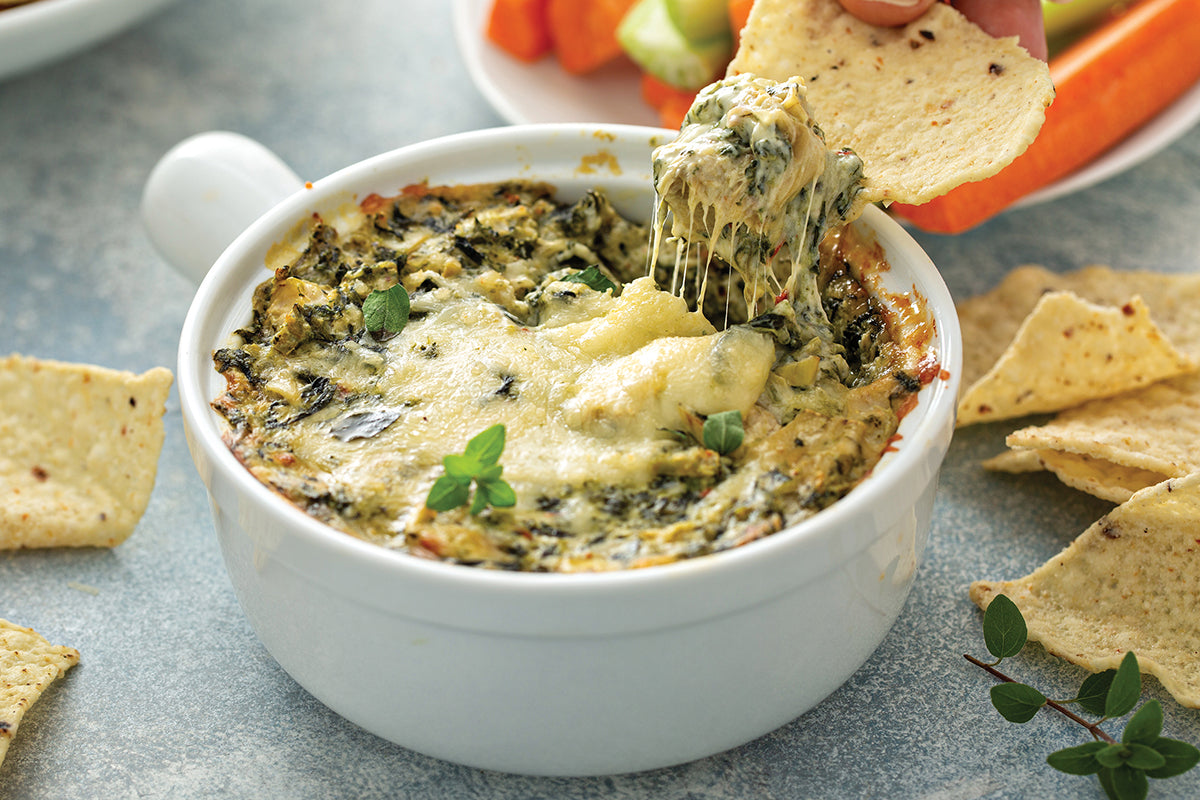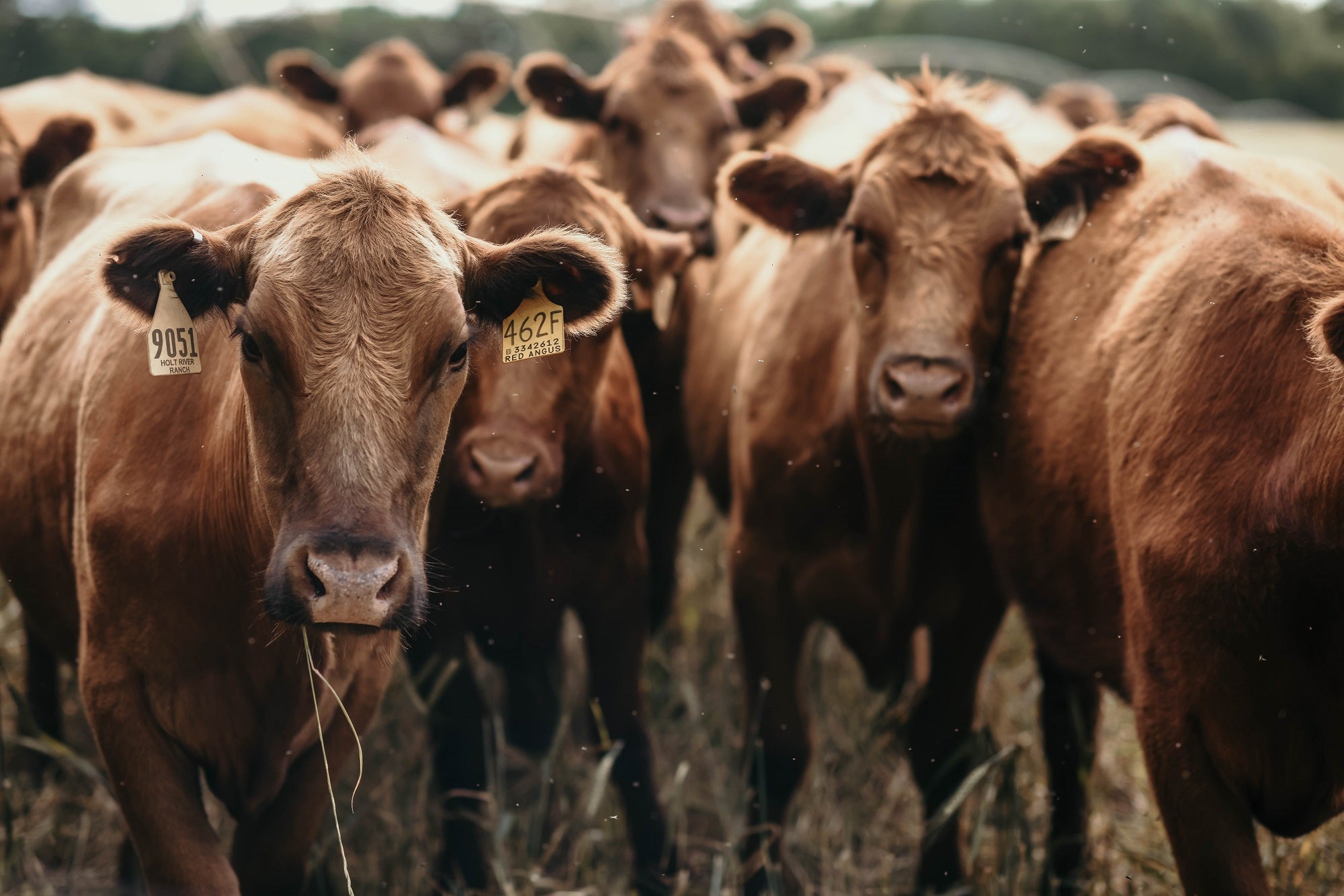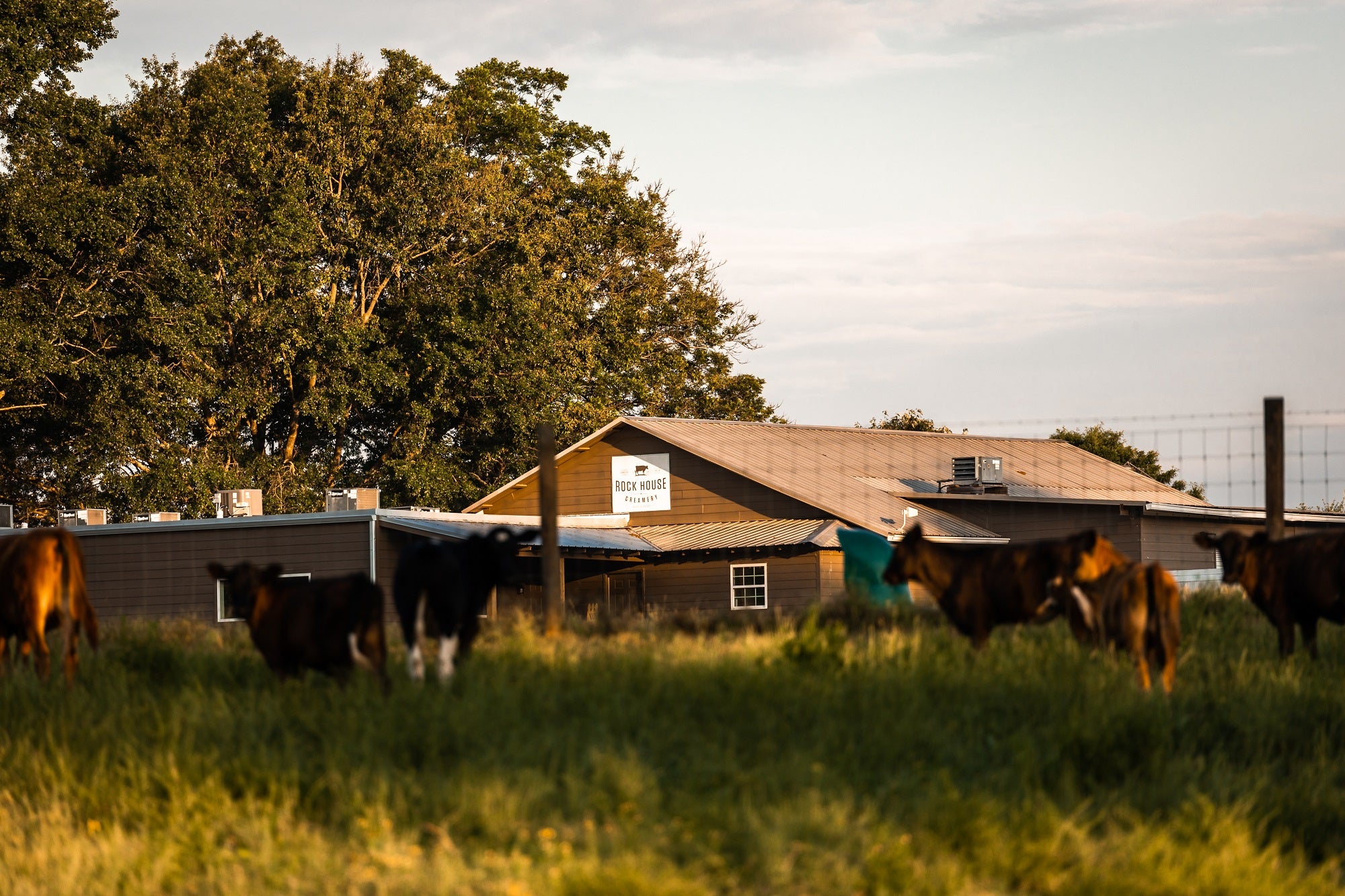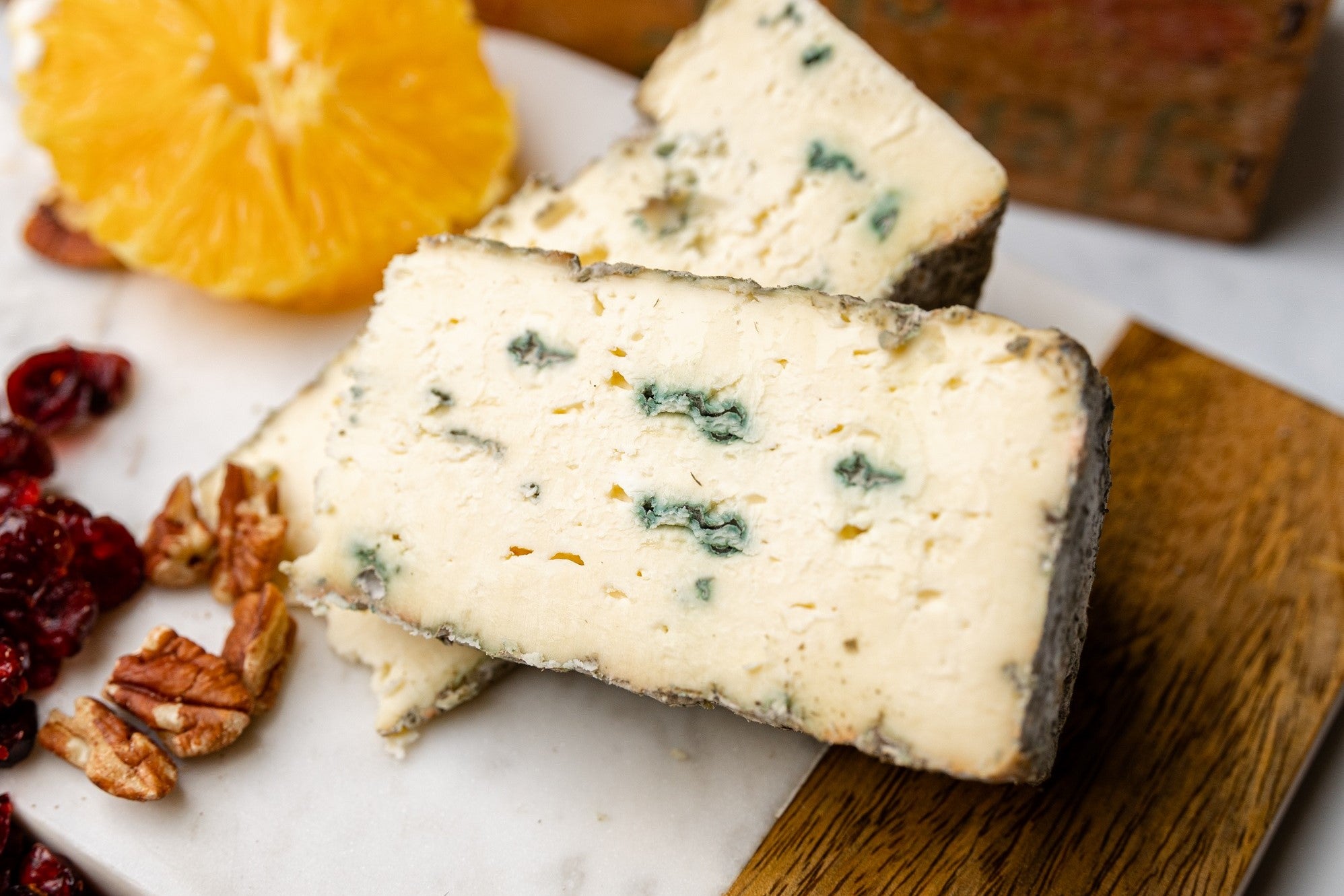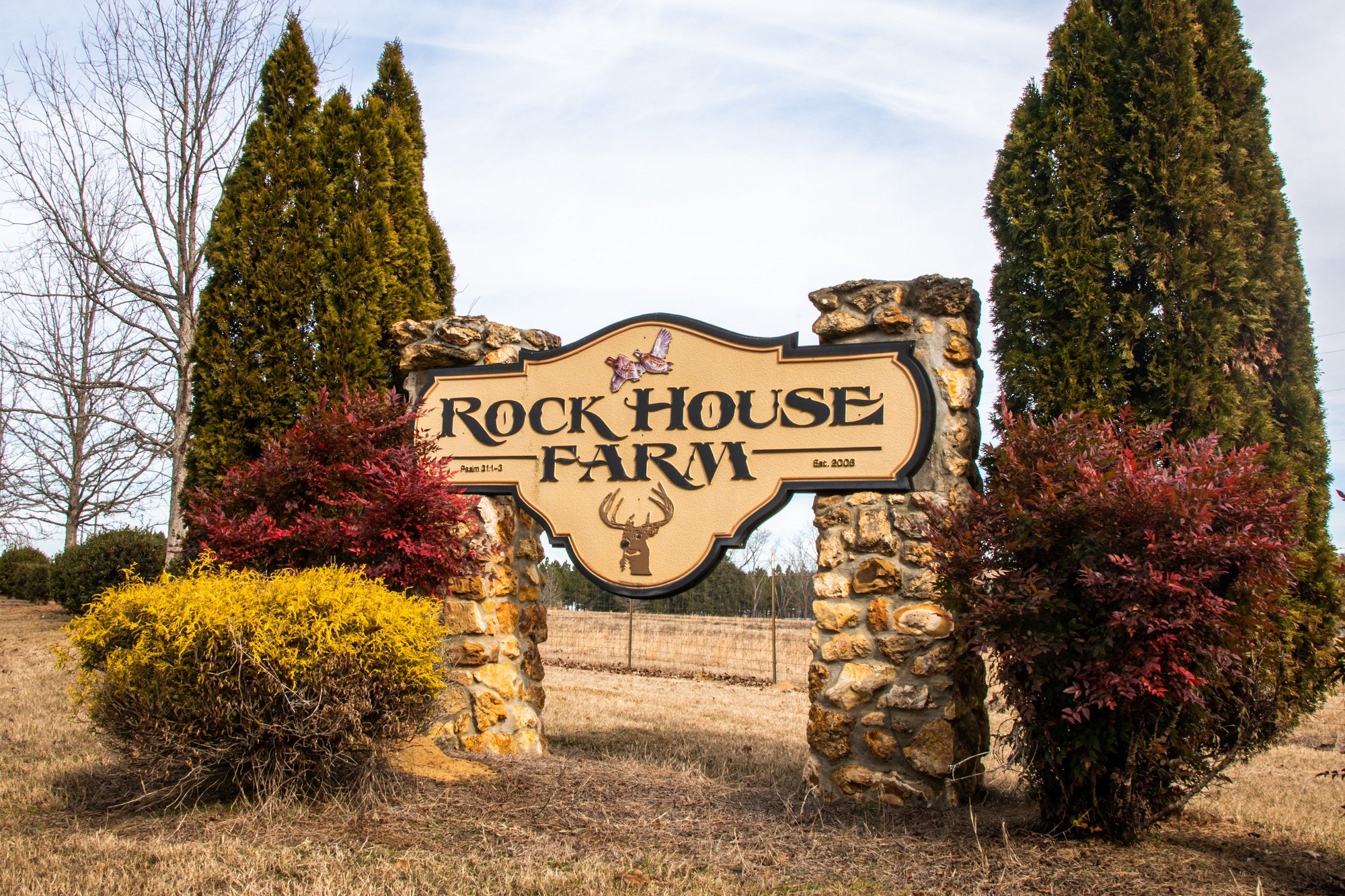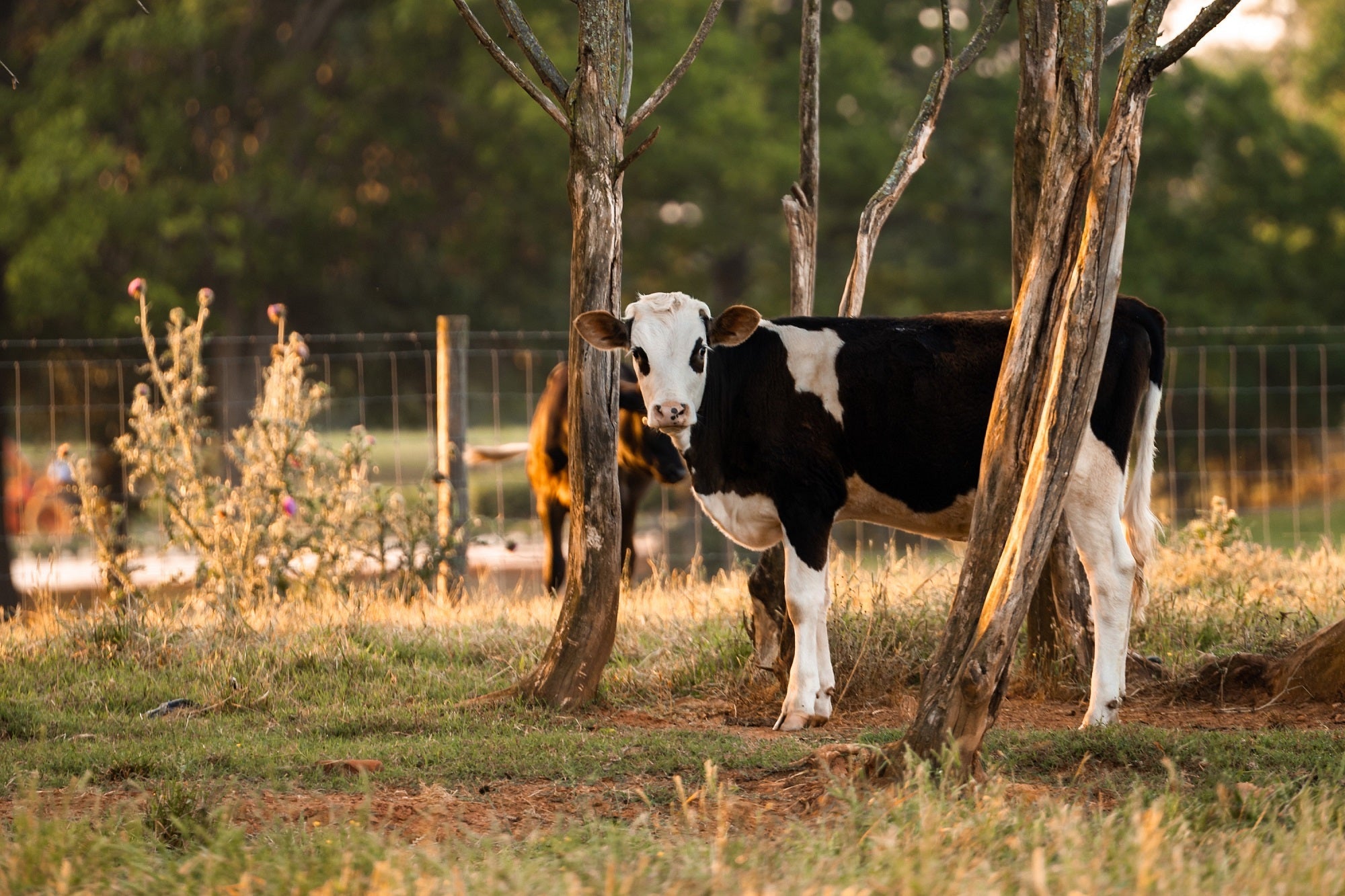Choosing the right cut of meat is key to creating a delicious and satisfying meal. At Rock House Farm, we take pride in offering high-quality, pasture-raised beef and Heritage pork, but knowing how to cook each cut properly is just as important as the quality itself.
Some cuts are best for quick searing, while others shine when cooked low and slow. Understanding the different cuts of meat and how to use them will help you get the most flavor and tenderness out of every bite.
Beef Cuts: From Steakhouse Favorites to Slow-Cooked Classics
Beef is divided into several primal cuts, each with its own texture and cooking method. If you’re looking for tender, quick-cooking cuts, focus on steaks from the loin and rib sections. The ribeye is one of the richest, most flavorful steaks, thanks to its marbling, while the New York strip offers a balance of tenderness and chew. The filet mignon, cut from the tenderloin, is exceptionally soft but has a milder flavor. These steaks shine when seared or grilled over high heat with minimal seasoning to let their natural flavors come through.
For slow-cooking, look to the chuck, brisket, and round. The chuck roast is well-marbled and perfect for pot roasts, while brisket, a staple for barbecue lovers, becomes incredibly tender when smoked or braised for hours. If you’re looking for leaner options, the round cuts—like top round or bottom round—are great for roasting or slicing thin for sandwiches but benefit from marinating to add tenderness.
Ground beef varies depending on the fat content, with 80/20 (80% lean, 20% fat) being the best for juicy burgers, while leaner blends (90/10 or 93/7) work well for recipes like meatloaf and tacos where additional moisture is added.
Pork Cuts: Versatile and Flavorful
Pork is known for its rich flavor and versatility. The loin section is home to the most tender cuts, including pork chops and the pork tenderloin. Pork chops, whether bone-in or boneless, are best when pan-seared, grilled, or baked, while the tenderloin is incredibly lean and benefits from marinating before roasting or grilling.
For slow cooking, pork shoulder (often labeled as Boston butt or picnic shoulder) is the go-to cut. This well-marbled section is perfect for making pulled pork, as the fat and connective tissue break down beautifully during slow roasting or braising. The pork belly, with its rich fat content, is ideal for roasting, braising, or curing into bacon. If you’re a fan of barbecue, spare ribs and baby back ribs are perfect for smoking or slow roasting until they’re fall-off-the-bone tender.
Ground pork is a versatile option that can be used in everything from meatballs and sausages to stir-fries and tacos. Since it has a mild flavor, it pairs well with bold seasonings and herbs.
Choosing the Right Cut for Your Meal
When deciding on a cut of beef or pork, think about how you plan to cook it. Quick-searing and grilling work best for tender cuts like steaks, chops, and tenderloin, while tougher cuts like brisket, chuck, and pork shoulder shine with slow cooking methods. Lean cuts like round steak and pork loin benefit from marinating, while fatty cuts like ribeye and pork belly are naturally flavorful and don’t need much extra.
At Rock House Farm, we believe in providing the highest quality meats so you can enjoy every meal to the fullest. No matter which cut you choose, knowing how to prepare it will make all the difference. Stop by one of our partners and find the perfect cut for your next meal!
Recipe: Slow-Cooked Chuck Roast with Garlic and Herbs
For a melt-in-your-mouth beef dish, try this simple and flavorful slow-cooked chuck roast.
Ingredients:
- 3–4 lb Rock House Farm chuck roast
- 2 tbsp olive oil
- 4 cloves garlic, minced
- 1 onion, sliced
- 2 cups beef broth
- 1 cup red wine (or additional broth)
- 2 tbsp Worcestershire sauce
- 1 tsp dried thyme
- 1 tsp dried rosemary
- 2 bay leaves
- 3 carrots, chopped
- 3 potatoes, chopped
- Salt and pepper to taste
Instructions:
-
Season the chuck roast generously with salt and pepper.
-
Heat olive oil in a large skillet over medium-high heat. Sear the roast on all sides until browned.
-
Transfer the roast to a slow cooker. Add garlic, onion, beef broth, wine, Worcestershire sauce, thyme, rosemary, and bay leaves.
-
Cover and cook on low for 8 hours, or until the beef is tender and easily pulls apart.
-
Add carrots and potatoes during the last 2 hours of cooking.
-
Remove bay leaves before serving. Serve warm with the rich broth from the slow cooker.
This hearty, comforting dish is perfect for a Sunday dinner or meal prep for the week!
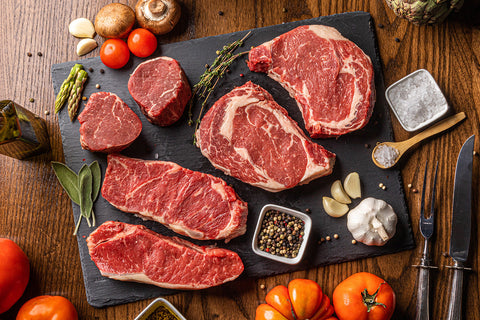
 BACK TO BLOG
BACK TO BLOG
